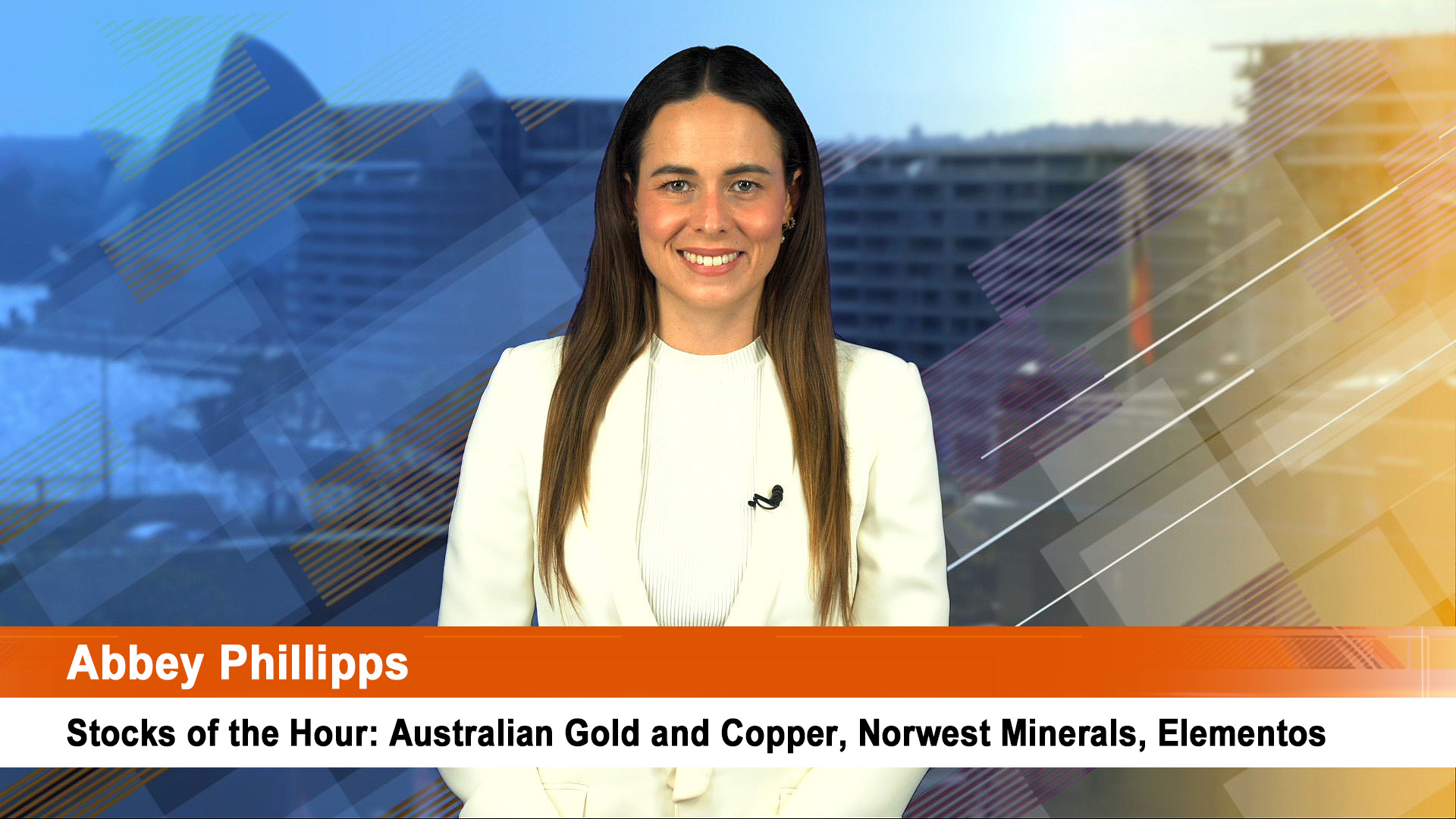"The economic recovery is on a firmer footing, and overall conditions in the labor market appear to be improving gradually," the central bank’s statement started.
"Household spending and business investment in equipment and software continue to expand.
"However, investment in nonresidential structures is still weak, and the housing sector continues to be depressed.
"Commodity prices have risen significantly since the summer, and concerns about global supplies of crude oil have contributed to a sharp run-up in oil prices in recent weeks.

"Nonetheless, longer-term inflation expectations have remained stable, and measures of underlying inflation have been subdued," the Fed said..
Despite that improvement, the central bank said it would remain on its current course of pumping more cash into the economy.
The Fed said it will continue its plans to buy up to $600 billion in long-term US Government bonds until the end of June in an effort to spur stronger economic growth.
The Fed said it doesn’t believe that the oil price increases are a concern it should address since it thinks the supply concerns, sparked by turmoil in the Middle East, will prove to be "transitory."
The Fed also left the fed funds rate, its key rate that is used as a benchmark for a wide range of consumer and business loans, near 0%, where it has been since December 2008.
The central banks repeated that it still expects to keep rates exceptionally low for "an extended period."
That shows the Fed believes the recent rise in inflation fears is overdone.
The overhang of unemployed workers and the glut of houses and other property, plus the continuing output gap in industry, tells us that nothing is going to be putting upward pressure on prices in the next few months.
If anything look to profit margins to be eroded.
While the Fed sees the US economy is on the up, there are some warning signs that the economy is struggling to reach the growth velocity where it can surge upwards.
The unrest in the Middle East and its impact on oil and petrol prices is one; another is the uncertainty about Japan in the wake of the quake and tsunami, plus the nuclear problems.
Then there’s Europe’s debt woes; they will continue despite the deal struck last weekend because Ireland remains unhappy and has the capacity to bring the whole structure down if they are a mind to.
A third factor is the performance of key markets in the past month. Despite the suggestion that the economy is going well, markets and commodities are off their highs (gold and oil don’t count).
Copper is down 10%, Wall Street generally is off four per cent, grain prices are down substantially, but 10% in some cases, more in the case of wheat.
In fact commodity indexes are off about 6% since early February, partly because investors are worried about the impact of more expensive oil on economic growth, and continuing signs that China is indeed slowing.
The US economy is thought to have grown roughly at the same pace as it did in the 4th quarter of 201: that’s around 2.5 to 3%.
Last week JPMorgan Chase cut its forecast for the March quarter’s GDP to an annual 2.5% from the previous 3.5%. That’s a sharp cut.
The American economy is not as sluggish as it was midway through last year, but it is not galloping as it has done in previous recoveries.













